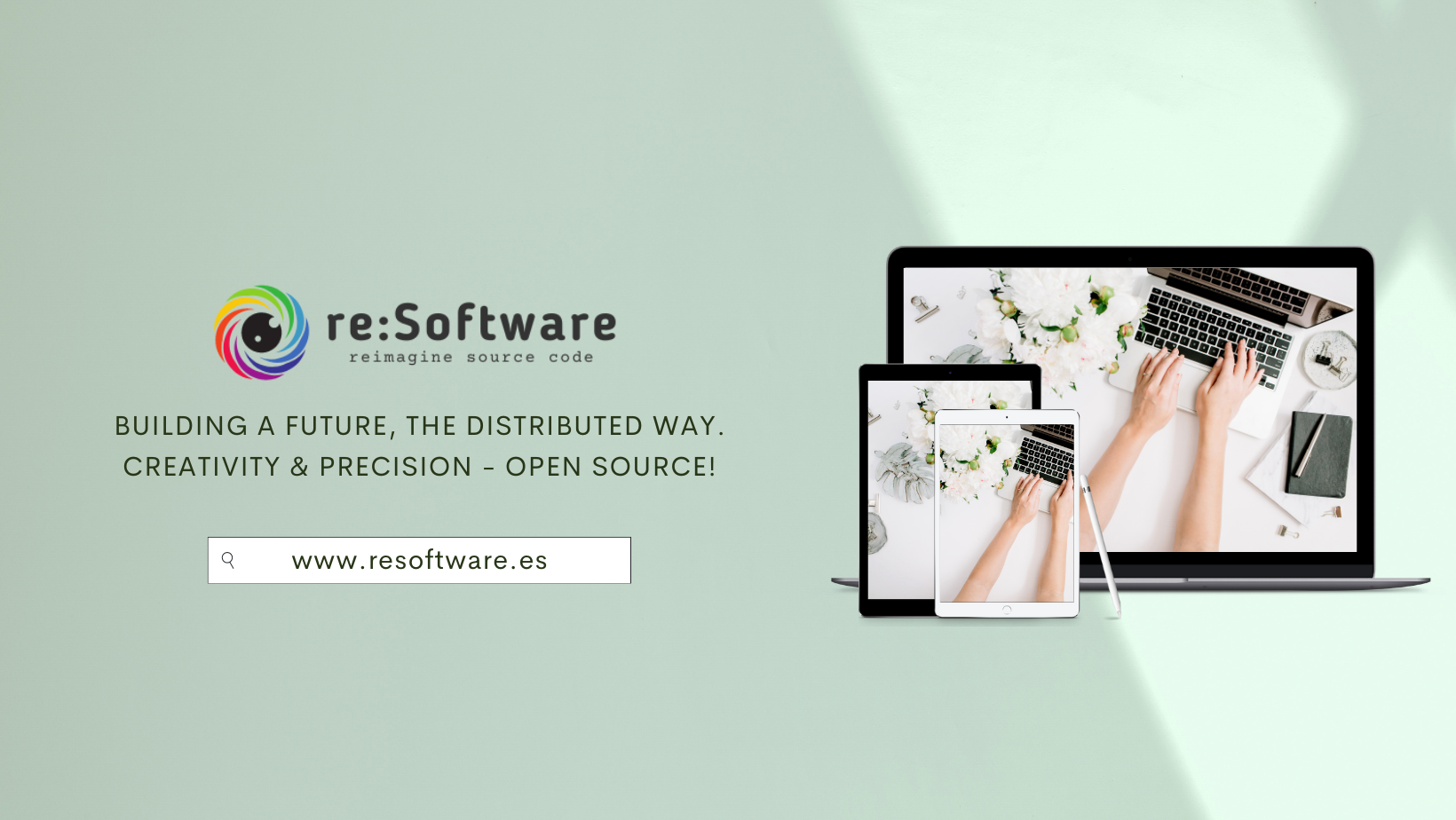Connect, Play, Earn - MilEstudios Your Way to Social Gaming Glory!
Welcome to MilEstudios, the ultimate social gaming platform that brings friends and players together like never before! Step into a vibrant world where gaming meets social interaction, and embark on thrilling adventures that transcend traditional boundaries.
With MilEstudios, you can connect with friends, old and new, from all corners of the globe, and experience the joy of playing together in real-time. Explore a vast array of games catering to all tastes and skill levels, whether you're a casual gamer or a seasoned pro.
Compete in challenges, form teams, and celebrate victories together as you unlock achievements and rise through the ranks. Join the social gaming revolution and let MilEstudios redefine the way you play, connect, and experience the joys of gaming.
MilEstudios uses a Software as a Service Starter Kit based on Wave. It is built with Laravel, Voyager, TailwindCSS, and a few other awesome technologies. Here are some of the awesome features ✨:
- Authentication
- User Profiles
- User Impersonation
- Subscriptions
- Subscription Plans
- User Roles
- Notifications
- Announcements
- Fully Functional Blog
- Out of the Box API
- Voyager Admin
- Customizable Themes
View a live demo here, or deploy your own instance to DigitalOcean, by clicking the button below.
To install this software, you'll want to clone or download this repo:
git clone https://github.com/resoftware-org/demo.resoftware.es.git project_name
Next, we can install re:Software with these 4 simple steps:
We'll need to utilize a MySQL database during the installation. For the following stage, you'll need to create a new database and preserve the credentials.
CREATE DATABASE wave;
CREATE USER 'wave'@'localhost' IDENTIFIED BY 'wave_password';
GRANT ALL PRIVILEGES ON wave.* TO 'wave'@'localhost';We need to specify our Environment variables for our application. You will see a file named .env.example, you will need to duplicate that file and rename it to .env.
Then, open up the .env file and update your DB_DATABASE, DB_USERNAME, and DB_PASSWORD in the appropriate fields. You will also want to update the APP_URL to the URL of your application.
APP_URL=http://wave.test
DB_CONNECTION=mysql
DB_HOST=127.0.0.1
DB_PORT=3306
DB_DATABASE=wave
DB_USERNAME=root
DB_PASSWORD=First, you should ensure that your web server has the required PHP extensions installed:
Following that, we'll need to install all composer dependencies through the following command:
composer installWe must migrate our database schema into our database, which we can accomplish by running the following command:
php artisan migrateFinally, we will need to seed our database with the following command:
php artisan db:seed🎉 And that's it! You will now be able to visit your URL and see your re:Software application up and running.
The backend can be accessed only using user accounts that are assigned the admin-role.
The default admin credentials are:
- Username:
support@resoftware.es - Password:
NotSoSecureAdminPassword
Please, make sure to edit these before you deploy this software in production.
php artisan migrate:refresh
php artisan db:seed
# include demo data
php artisan db:seed --class="ReplayDataSeeder"
To perform an authentication operation using the API, you can use curl. Execute the following command to start the authentication and to receive a Bearer token from the API. You will need this access token for subsequent requests to the API.
Example:
curl -X POST http://demo.resoftware.loc:8000/api/v1/wave/login \
-H 'Content-Type: application/json' \
-d '{"email": "demo.david@resoftware.es", "password": "NotSoSecureMentorPassword"}'
The response of this command (if you provide correct credentials), should look somewhat similar to the following:
Example:
{"access_token":"eyJ0eXAiOiJKV1QiLCJhbGciOiJIUzI1NiJ9.eyJpc3MiOiJodHRwOi8vZGVtby5yZXNvZnR3YXJlLmxvYzo4MDAwL2FwaS92MS93YXZlL2xvZ2luIiwiaWF0IjoxNjkxMzk3MTg1LCJleHAiOjE2OTE0MDA3ODUsIm5iZiI6MTY5MTM5NzE4NSwianRpIjoiNXIzTEg1bW16b2lZRjlkUSIsInN1YiI6IjYiLCJwcnYiOiIyM2JkNWM4OTQ5ZjYwMGFkYjM5ZTcwMWM0MDA4NzJkYjdhNTk3NmY3In0.oPZMEZr5LKlItnVEE3DwViRjBA99MtANW-Z5qrS_XBQ","token_type":"bearer","expires_in":60}
Subsequent requests to the API must include the access token as a Bearer token in the request.
Now that you have authenticated using the API, you can also execute API requests calling
specific endpoints, including: /api/v1/user and /api/v1/courses.
An example request including a valid access token looks as follows:
Example:
curl -X GET http://demo.resoftware.loc:8000/api/v1/courses?term=abc \
-H 'Authorization: Bearer eyJ0eXAiOiJKV1QiLCJhbGciOiJIUzI1NiJ9.eyJpc3MiOiJodHRwOi8vZGVtby5yZXNvZnR3YXJlLmxvYzo4MDAwL2FwaS92MS93YXZlL2xvZ2luIiwiaWF0IjoxNjkxMzk3MTg1LCJleHAiOjE2OTE0MDA3ODUsIm5iZiI6MTY5MTM5NzE4NSwianRpIjoiNXIzTEg1bW16b2lZRjlkUSIsInN1YiI6IjYiLCJwcnYiOiIyM2JkNWM4OTQ5ZjYwMGFkYjM5ZTcwMWM0MDA4NzJkYjdhNTk3NmY3In0.oPZMEZr5LKlItnVEE3DwViRjBA99MtANW-Z5qrS_XBQ'
Checkout the official documentation here.
This software is released under the MIT License.
Copyright © 2023-present MilEstudios by re:Software SL (https://resoftware.es). Copyright © DevDojo (https://devdojo.com).
